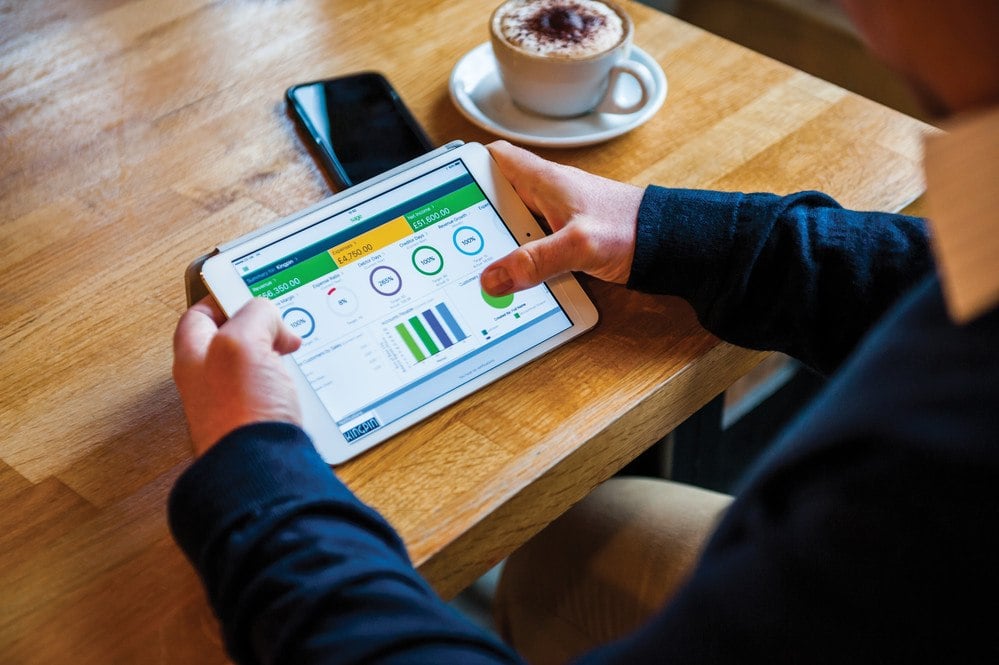Money Matters
Should I register for VAT?

What are the benefits and the downfalls of registering for VAT?
1. Do you have to charge your customers VAT?
One of the obvious downfalls of registering for VAT is that your prices will increase by the amount of VAT that you have to charge. So if you manufacture and sell women’s clothing, your prices all go up by 20%. That may not be a problem if you sell wholesale as your customers are most likely VAT registered and can reclaim the input VAT – so they will not have a real increase in their cost – but if you sell retail to individuals then that is a real cost to them which they may not be prepared to pay.
If on the other hand you manufacture and sell children’s clothing then the applicable rate of VAT is 0%, so will be no increase in your price and as a result no negative implications on your sales.
2. Do you pay a lot of VAT on your purchases?
Continuing my example of manufacturing and selling women’s clothing, you are likely to be paying VAT on the majority of your purchases from material to manufacturing costs (depending on where your manufacturing is done) to machinery. If you register for VAT then you can reclaim all of that input VAT, which drops your costs by 1/6. That may therefore give you some flexibility in your pricing for retail customers if you base your prices on a margin percentage as your underlying costs have gone down. If you don’t have to increase your sales price by as much as 20% then you won’t lose as many customers.
If on the other hand you are a service provider, and the majority of your costs are people related, then you won’t be paying much VAT anyway and so you may not see much tangible benefit from registering for VAT.
3. What about the flat rate scheme?
If your VAT taxable turnover is less than £150,000, then you can make your VAT accounting easier by joining the flat rate scheme in which you calculate your VAT payments as a % of your total VAT inclusive turnover. It’s unlikely to make you much profit, as the percentages differ by industry and are intended to leave you just enough to cover any VAT that you pay on your purchases. It is however easier to calculate than having to track all of your expenses to see which have VAT included.
4. Do you want the extra admin?
One of the biggest downfalls of registering for VAT is the extra admin that goes with it. Although HM Revenue & Customs have a couple of schemes that can reduce this admin (for example there is the Annual Accounting Scheme, if your yearly VAT taxable turnover is less than £1.35 million), you will suddenly find yourself having to keep track of the VAT on your income and expenses. Some of the VAT rules are very complex, particularly if you have any non UK transactions; and if you make a mistake there can be penalties.
The costs of VAT administration can be pretty steep – for example you may have to upgrade your website to cope with charging different prices depending on the customer location. A further administrative burden is that in order to reclaim input VAT you have to have VAT receipts or invoices; a credit card receipt isn’t enough.
And don’t forget that you need your invoices to be compliant with VAT rules – so for example you need to include your VAT registration number on all invoices (although the rules for retail are different).
5. It effects perception of your business
Rightly or wrongly you will find that a lot of companies are happier to work with a VAT registered business. It can make your business look more stable, bigger, and more reliable. Every now and again I sometimes hear of companies that refuse to work with a non VAT registered business.
6. Going back in time
A big potential benefit of registering for VAT is the ability to reclaim input VAT for transactions from before your VAT registration date. If you still own items that you purchased before VAT registration then you can reclaim the input VAT in your first VAT return. You can generally reclaim VAT on goods you bought up to four years before you registered for VAT, and services up to six months before.
7. Manage the VAT registration process
You should also plan when you want to register for VAT – ideally you want to have your VAT registration number before your effective registration date. Otherwise in order to show the VAT separately you may have to go back and re-issue any invoices that were raised between the effective registration date and the date when you received your VAT registration number.
8. Of course, you may not have any choice…
Once your VAT taxable turnover goes over £79,000 (either looking back 12 months from any point in time, or forward 1 month) you will have to register for VAT. As such it is often better to plan to register for VAT shortly before you expect to get to that level of turnover, as it allows you to do so in a controlled way at a time of your choosing.







Ask the author a question or share your advice